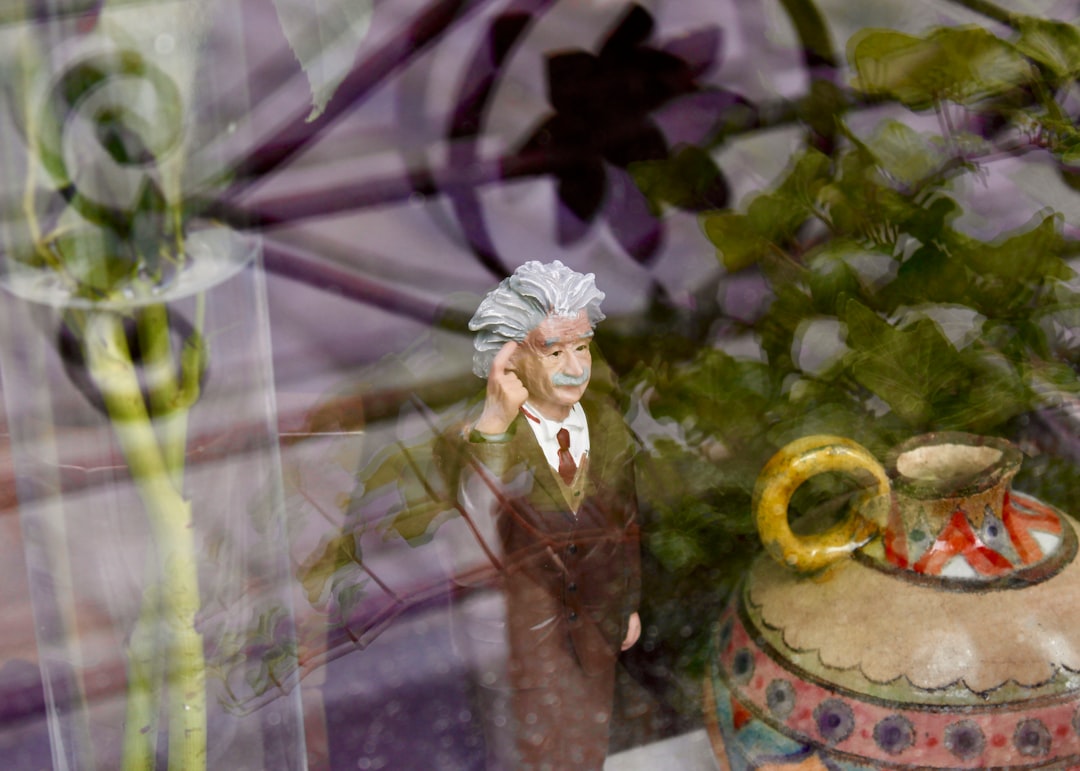What is it about?
A critical review of: Oxford handbook of complementary medicine by Edzard Ernst, Max H. Pittler, Barbara Wider and Kate Boddy (eds). 2008. Oxford University Press, Oxford, UK. ISBN 9780199206773. 423 pp.
Featured Image

Photo by Jorge Zapata on Unsplash
Why is it important?
This special edition of JCN is devoted to issues related to complementary medicine (CAM). It contains two reviews that critique completely contrasting types of books as just a small proportion of the huge number of books now available on CAM – reflecting its established significance and place in the field of healthcare provision. This particular reviewed book is another handy pocket book in the established tradition of the medical and nursing-related series of Oxford University Press Handbooks [a number of which were previously reviewed together in the November 2007 edition of JCN (16: 11: 2182)] addressing a whole raft of clinical issues for specific clinical disciplines.
Perspectives
This special edition of JCN is devoted to issues related to complementary medicine (CAM). It contains two reviews that critique completely contrasting types of books as just a small proportion of the huge number of books now available on CAM – reflecting its established significance and place in the field of healthcare provision. This particular reviewed book is another handy pocket book in the established tradition of the medical and nursing-related series of Oxford University Press Handbooks [a number of which were previously reviewed together in the November 2007 edition of JCN (16: 11: 2182)] addressing a whole raft of clinical issues for specific clinical disciplines. In the latest of the series it is the turn of CAM. Most nurses will at least be aware of the premise of CAM while many will have experienced at first-hand its clinical application. This book will appeal to both groups – and those in-between. This book, as has already been hinted at, is a convenient ‘smallish’ pocket size. As is often a weakness of this format though, this means that issues can only ever be covered succinctly and in brief. For many, however, this is also the advantage of texts of this nature. Such quick ‘dip in–dip out’ resources have a wide appeal. As with other handbooks in this series, the text is set out in a logical and sequential format. Chapter 1 serves as a general introduction and the legal and ethical context of CAM; chapter 2 covers diagnostic methods; chapter 3 the different common (and not-so-common) types of CAM; chapter 4 the different potentially available medicines (mainly based on herbalism); chapter 5 (and perhaps the one that will appeal to most clinical practitioners) relates to different medical conditions and how CAM can assist; chapter 6 deals with vulnerable client groups; and chapter 7 (not really a chapter) is a brief but useful look at common FAQ’s. As is usually the case with the Oxford Handbook series, this book is another example of a well written and presented handy pocket-book. It may have been written primarily for a medical audience but its relevance to all health profes- sional groups is clear to see. If you have a ‘beginning’ interest in CAM or like to have an ‘immediate’ quick reference resource at your finger-tips, then this handbook is sure to appeal.
Dr Dean Whitehead
Flinders University
Read the Original
This page is a summary of: Book Review
Edited by Dean Whitehead, Journal of Clinical Nursing, October 2008, Wiley,
DOI: 10.1111/j.1365-2702.2008.02544.x.
You can read the full text:
Contributors
The following have contributed to this page










